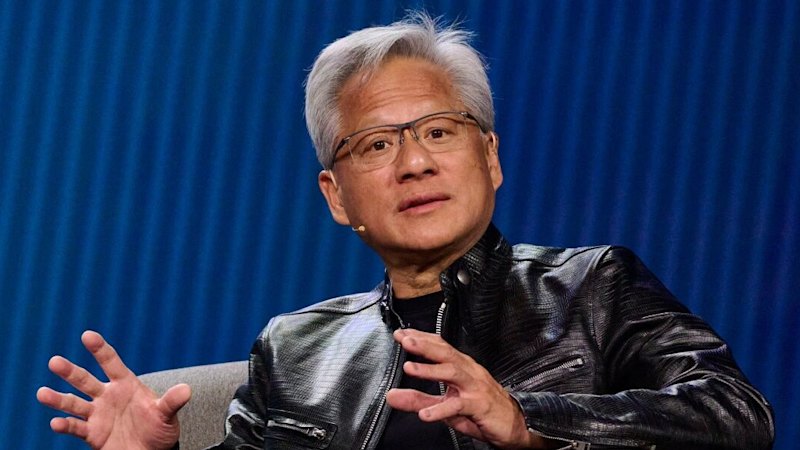
In a significant development on the global economic stage, the United States and Vietnam have reached a trade agreement that will see reduced tariffs on Vietnamese exports. This announcement comes as Microsoft reveals plans to cut jobs in Australia, adding to the complex economic landscape.
Vietnam, the United States’ 10th-largest trading partner, has been facing the prospect of higher tariffs on its exports to the US. President Donald Trump had previously pledged to increase tariffs, with a July 9 deadline looming. However, the new deal reduces these tariffs to 20%, down from the initially proposed 46%.
Details of the US-Vietnam Trade Agreement
The agreement, announced by President Trump on Wednesday, aims to cool tensions with Vietnam, a crucial partner in the global manufacturing sector. Under the new terms, Vietnamese goods will face a 20% tariff, while trans-shipments from third countries through Vietnam will incur a 40% levy. In a reciprocal move, Vietnam will accept US products with a zero percent tariff.
“It is my Great Honor to announce that I have just made a Trade Deal with the Socialist Republic of Vietnam,” Trump stated on Truth Social following discussions with Vietnam’s top leader, To Lam.
Although the announcement provides some relief, details remain scarce, particularly regarding the implementation of trans-shipment provisions targeting products largely manufactured in China and finished in Vietnam.
Economic Implications and Reactions
The announcement comes just days before the July 9 deadline set by Trump to resolve negotiations, a cornerstone of his economic policy. The Vietnamese government confirmed a joint statement on a trade framework but did not specify the tariff levels mentioned by Trump. Instead, they committed to “providing preferential market access for US goods, including large-engine cars.”
Meanwhile, the news of Microsoft’s job cuts in Australia adds another layer of complexity to the global economic outlook. The tech giant’s decision reflects broader trends in the technology sector, where companies are adjusting their workforce in response to evolving market demands.
Historical Context and Expert Opinions
This development follows a historical pattern of trade negotiations between the US and its partners. Experts suggest that the reduction in tariffs could bolster economic ties between the two nations, potentially leading to increased trade volumes. However, the impact on the broader market remains to be seen, especially in light of the ongoing geopolitical tensions in the region.
According to trade analyst Dr. Emily Chen, “The US-Vietnam trade deal is a strategic move that could stabilize relations and encourage more balanced trade. However, the specifics of the agreement will determine its long-term success.”
Future Outlook
As the global economy navigates these changes, the implications of the US-Vietnam trade deal and Microsoft’s job cuts in Australia will be closely monitored. The reduction in tariffs may provide a temporary reprieve for Vietnamese exporters, but the broader economic landscape remains uncertain.
Looking ahead, the focus will be on how these developments influence international trade dynamics and the technology sector. Stakeholders will be keen to see if the US-Vietnam agreement sets a precedent for future negotiations with other trading partners.





